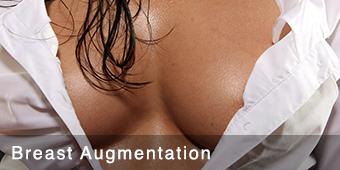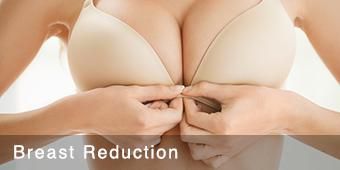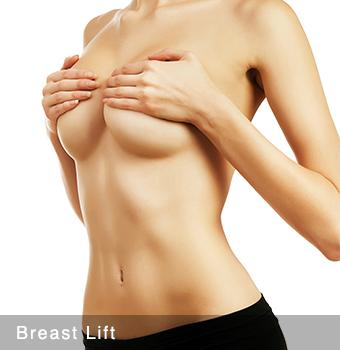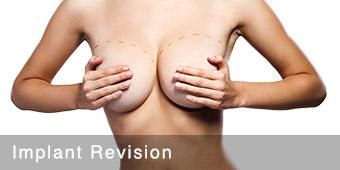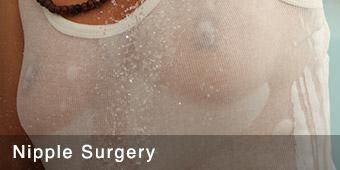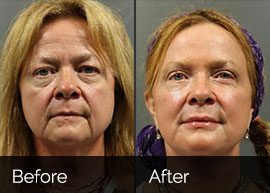Nipple Surgery
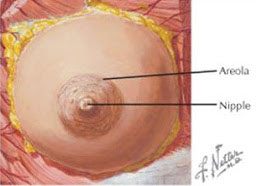
At Restora Austin Plastic Surgery Centre, we know that breasts play a key part in the way a woman feels about herself, and every aspect of their form and function is important, nipples included.
When most people refer to their “nipple”, they are combining two distinct anatomical areas:
- the projecting tissue, which is the actual nipple
- the pigmented skin surrounding the nipple, which is called the areola
Nipples and their surrounding areolas, just like breasts, come in all shapes and sizes. If you suffer from inverted nipples, enlarged nipples, puffy nipples or stretched areolas, you aren’t alone. Our patients are always excited to hear about how simple it can be to correct their concerns.
Nipple Concerns
ENLARGED AREOLAS
Enlarged areolas are most often the result of pregnancy and breast-feeding. If the diameter of the areola is very large, it can look out of proportion with the rest of the breast. Areola reduction is always done when a breast reduction or breast lift is performed, and this heals very well because of the “lollipop” shaped closure. This closure takes all of the tension off of the nipple and minimizes scarring. Areola reduction alone is usually not recommended, as it can lead to a star-burst pattern of scarring over time with even more stretching of the areola. If you have concerns about the size of your areola, it is best to set up an appointment with Dr. Reid or Dr. Gordon to find out if any surgical option is available to treat your concerns.
PUFFY NIPPLES/AREOLAS
Puffy areolas are most commonly associated with a condition called tuberous or constricted breasts. The puffy areolas are often treated at the time of correction of the tuberous breast deformity. The protruding tissue beneath the areola will be excised, so the areola will lay flat. The areola diameter may or may not be reduced. Dissolvable sutures are placed to minimize scarring.
ENLARGED NIPPLES
Do you feel like your nipples are too large, in either length or width? Do you feel self-conscious about the projection of your nipples?
Nipples can be enlarged due to genetics or from pregnancy and breast-feeding. Reducing the size of the nipple is often performed alone or at the same time as breast augmentation, breast lift or breast reduction. Nipple reduction is a safe, simple procedure that generally takes less than 1 hour and can be performed in the office under local anesthesia.
Nipple Reduction Surgery can reduce the length, the width or both.
Width reduction is performed if your nipple is too wide or too thick. A pie-shaped wedge of tissue is removed from the undersurface of the nipple. The nipple is then tailored in and the circumference reduced.
Length reduction is performed if your nipple is droopy or has too much projection. The excess nipple is marked and bisected. Once the excess is removed, the tip of the remaining nipple is sutured to the bottom of the nipple, created a nipple with decreased projection.
All of the sutures that are used are dissolvable. The scar is rarely visible. Discomfort is minimal and most patients resume their normal activities the following day.
INVERTED NIPPLE(S)
As many as 2% of women and men have at least one inverted nipple. Varying degrees of nipple inversion exist from “shy” to severely retracted.
In most cases inverted nipples are congenital; some people are just born that way. However, sometimes nipples can become inverted after breastfeeding when scar tissue builds around the milk ducts from infection in the ducts or as a rare complication after breast surgery.
Nipple inversion after birth is usually caused by one of three things:
- not enough skin at the base of the nipple
- constricted milk ducts
- scarring of the milk ducts due to breastfeeding
Varying degrees of nipple inversion exist:
Grade 1 – Nipples are inverted but can become everted manually through stimulation or in response to cold. Grade 1 nipples can remain everted for some time. Milk ducts are usually not compromised and breast-feeding is possible. These are “shy nipples”.
Grade 2. Nipples are inverted and are more difficult to evert. The eversion almost never lasts – the nipple returns to the inverted state immediately. Breast-feeding could be possible, but is often extremely difficult.
Grade 3. Nipples are severely inverted and never evert. In these cases, the actual nipple may be smaller in size or may not be fully developed. Milk ducts are often constricted and breast-feeding is impossible. Women with Grade 3 inverted nipples may also struggle with infections, rashes, or problems with nipple hygiene.
The objective of inverted nipple correction is to evert the nipple, so that it projects out from the surrounding areola, enhancing the appearance of the breast while preserving sensitivity of the nipple. The technique that leaves the milk ducts intact can also help preserve a woman’s ability to breastfeed. Dr. Reid or Dr. Gordon will do a thorough examination to determine which procedure is right for you. The most common procedure is described below:
Inverted Nipple Correction: The procedure is performed in our office under local anesthesia and takes less than 1 hour. The surgery consists of a small incision at the base of the nipple while the nipple is in a protected projected state. A gentle release of the fibers that pull the nipple inward is performed, making every attempt to preserve the milk ducts. Once the nipple is freed and in an outward, normal position, special sutures are used to hold the nipple at its new projection until it heals. If you think of a clock, the sutures go from the 12:00 position to the 6:00 position. Another set of sutures go from the 3:00 position to the 9:00 position. A third suture goes around the base of the nipple. This adds stability and strength to the base of the nipple and helps retain its outward projection. The sutures dissolve within 10 to 14 days and the initial incision will not be noticeable. Recovery is rapid and return to work is often within one day following surgery.
When correction of nipple inversion surgery is performed by a qualified plastic surgeon, complications are infrequent and usually minor. Correction of nipple inversion may be performed as an isolated procedure or in combination with other breast surgeries.
